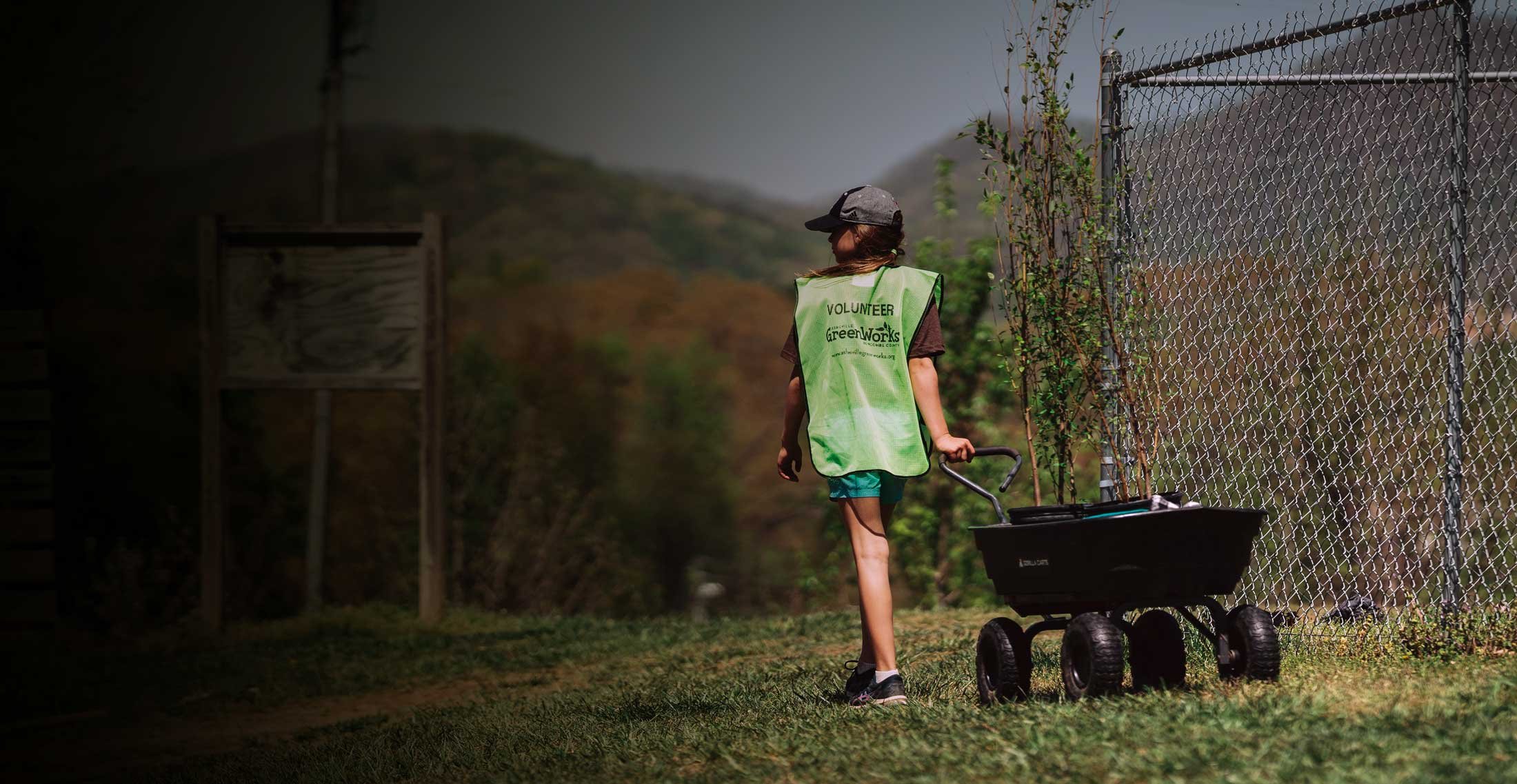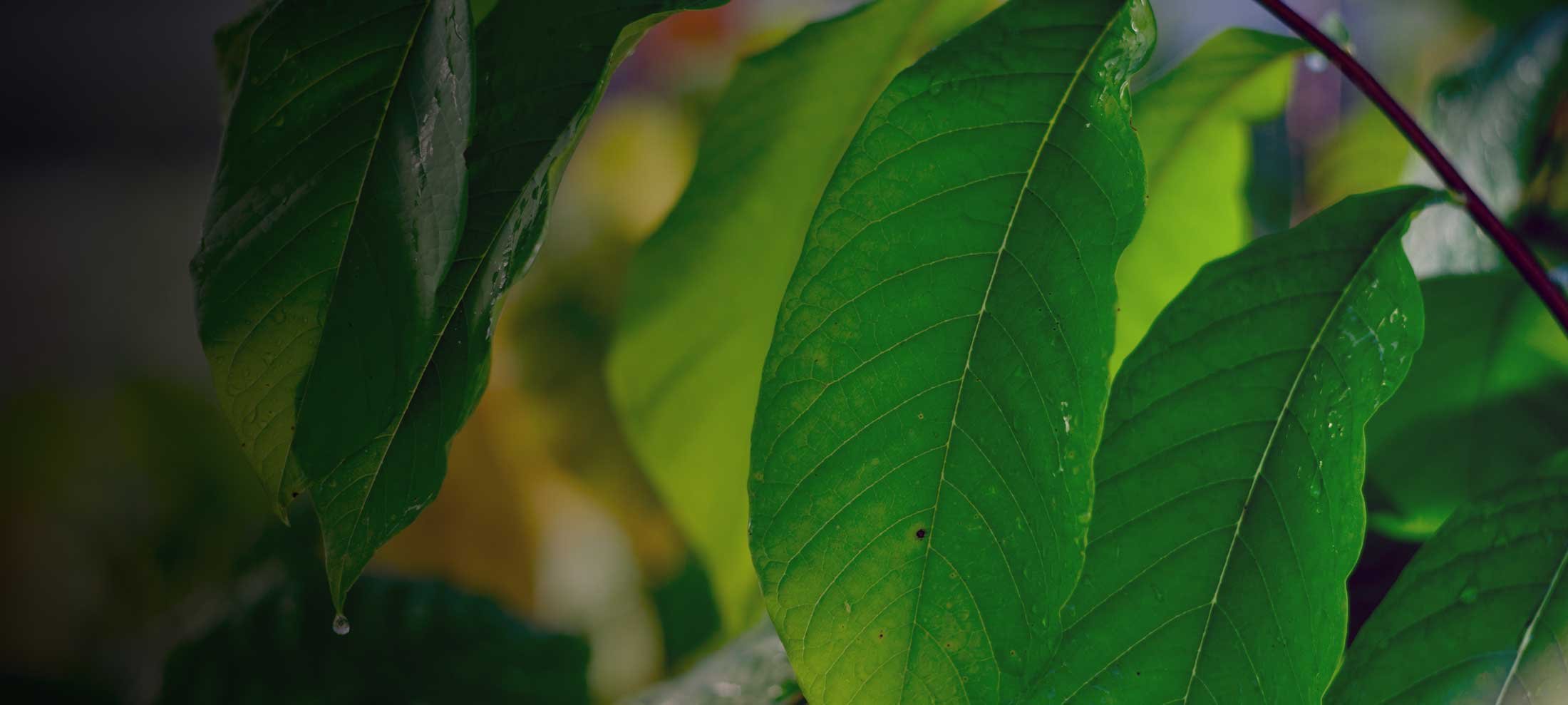
Learn / Urban Forestry
Protect our Trees
Our trees breathe with us.
Your backyard trees protect your home from flooding and erosion, shade your yard, and most importantly, clean the air we breathe. But how much do you really know about them? Check out our resources below to learn more.
The math is simple. The more trees we keep around us, the more protected we are from the uncertainties of a changing climate.
We know that we are losing too many trees to development. That’s why we’re planting 2,500 trees each year to restore the tree canopy.
To ensure we have enough trees to plant, we grow thousands of native trees each year at our two tree nurseries.
How We Restore the Tree Canopy
Ready to plant some trees in your yard?
Planting Native Trees
Want to know what trees would work best in your own backyard? Check out our native tree list.
Tips for Planting Fruit Trees
Fruit trees are just fun. Check out our best tips and learn where you can get fruit trees locally.
How to Plant a Tree
Not sure how to plant trees in your yard? We’ve got you covered. This video breaks down tree basics for beginners.
Planting Trees in the Community
Become a TreeKeeper
Interested in protecting or planting the trees in your neighborhood? Learn more about becoming a TreeKeeper.
Volunteer at our Nursery Workdays
Sign-up here to lend a hand at our tree nursery and help care for the next generation of native trees.
Sponsor a Tree Planting
The generous support of businesses and community organizations allow us to plant trees throughout Asheville. Interested in partnering with us on a tree planting project?
_
Sponsorship Interest Form
Tree Canopy Study
In 2019, Asheville GreenWorks partnered with the City of Asheville, Davey Tree, the Urban Forestry Commission, and NASA Develop on an Urban Tree Canopy Study. Over a 10-year-period, Asheville experienced a 6.4 percent tree canopy loss, 891 acres of trees or 675 football fields! Moreover, the majority of these trees were lost in low- to moderate-income areas.
In real time, this loss of tree cover means a significant loss of ecosystem services, including an increase in stormwater runoff, (costing the city $1,600,000); the loss of carbon storage ($6,850,000), and the decrease in air pollution removal ($23,500).
How was your neighborhood affected? Take a look at the study to find out.

Take a walk around the block with our Tree Discovery Guide to learn more about the native tree species you see on your daily dog walks and neighborhood bike rides.
Tree Discovery Guide
Tree Time!
The Tree Time! videos accompany our Tree Discovery Guide and allow you to learn more about the trees and their characteristics. Our Mapping Trees video shows you how you can use tree ID skills and other simple tools to help you better understand our urban forest.
Urban Forestry Youth Activities
Check out our family friendly activities to learn more about the native trees in your neighborhood.
Dichotomous Key Lesson
Determine the species of ten native trees using a simplified dichotomous key! Suggested for grades 5 - 8.
Leaf and Seed Matching Activity
Match leaves and seeds (technically fruits) that come from the same tree species. Suggested for grades 3 - 5.
To Build a Tree
Build your own tree and act out the parts! Suggested for grades 3 - 5.
Urban Forestry Library Backpacks
The GreenWorks Tree Packs are activity backpacks designed to empower individuals, families, or small groups to explore and learn about the trees in their neighborhoods in fun, engaging, and hands-on ways. We designed these packs so that kids at a variety of learning levels can use the educational activities, lessons, field materials, and books without assistance from educators.









